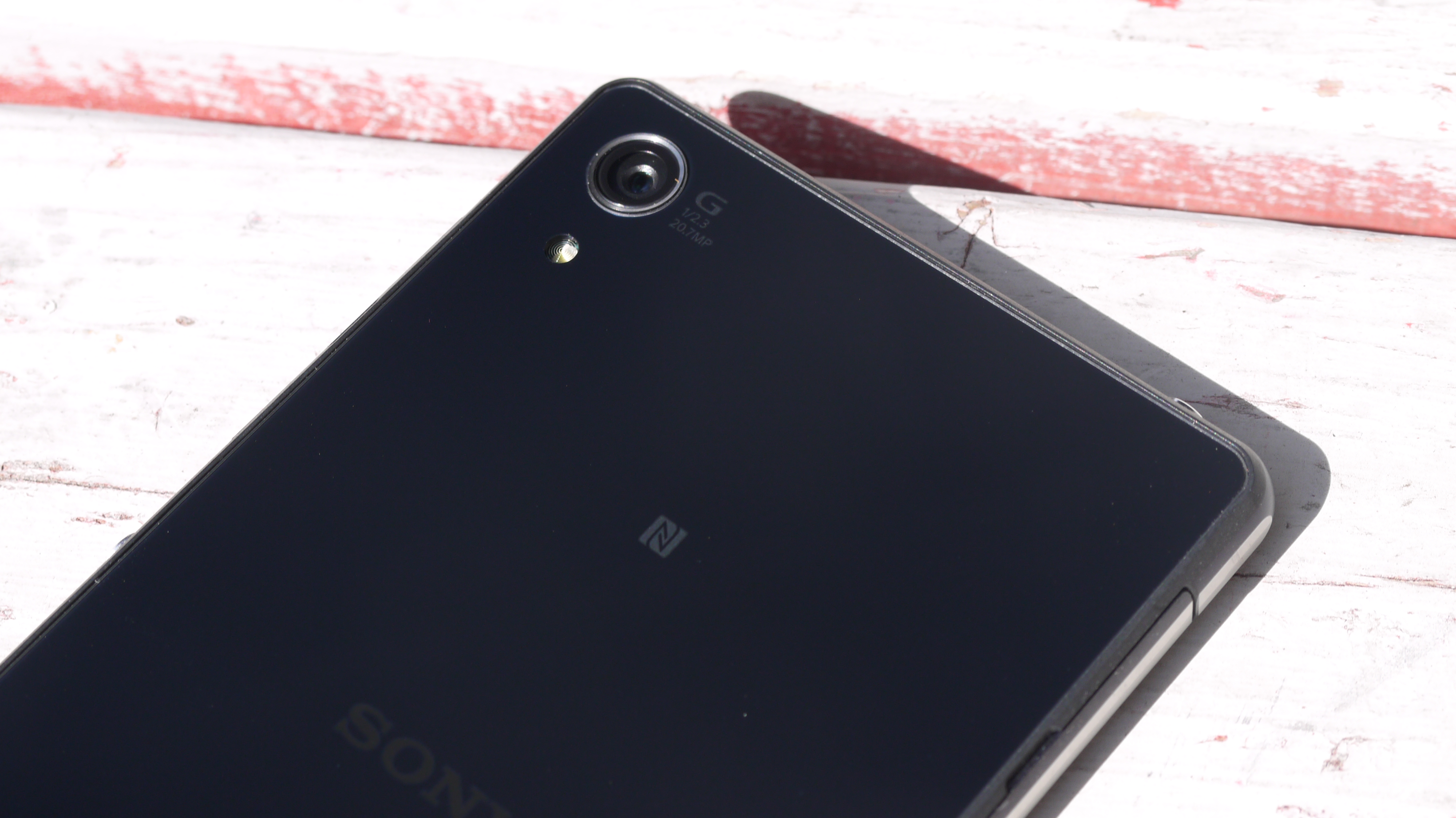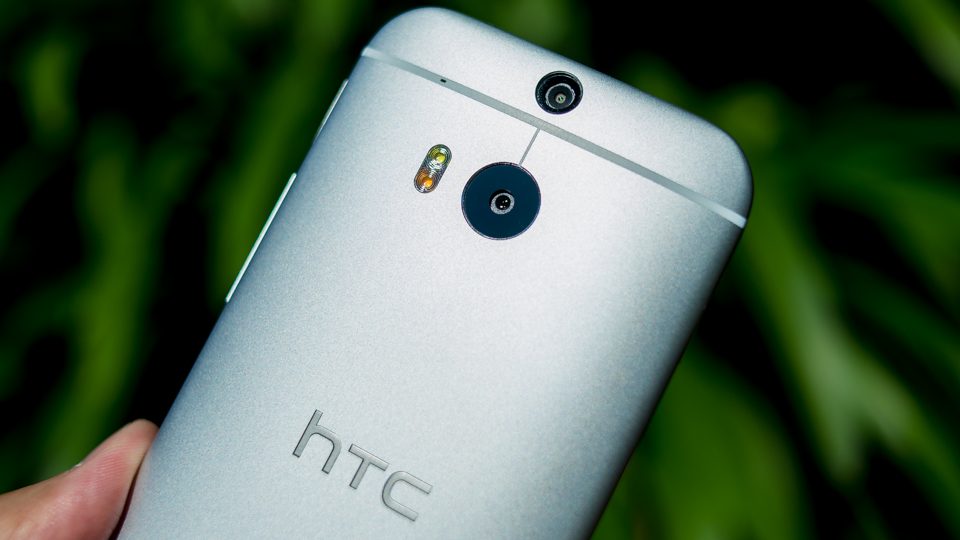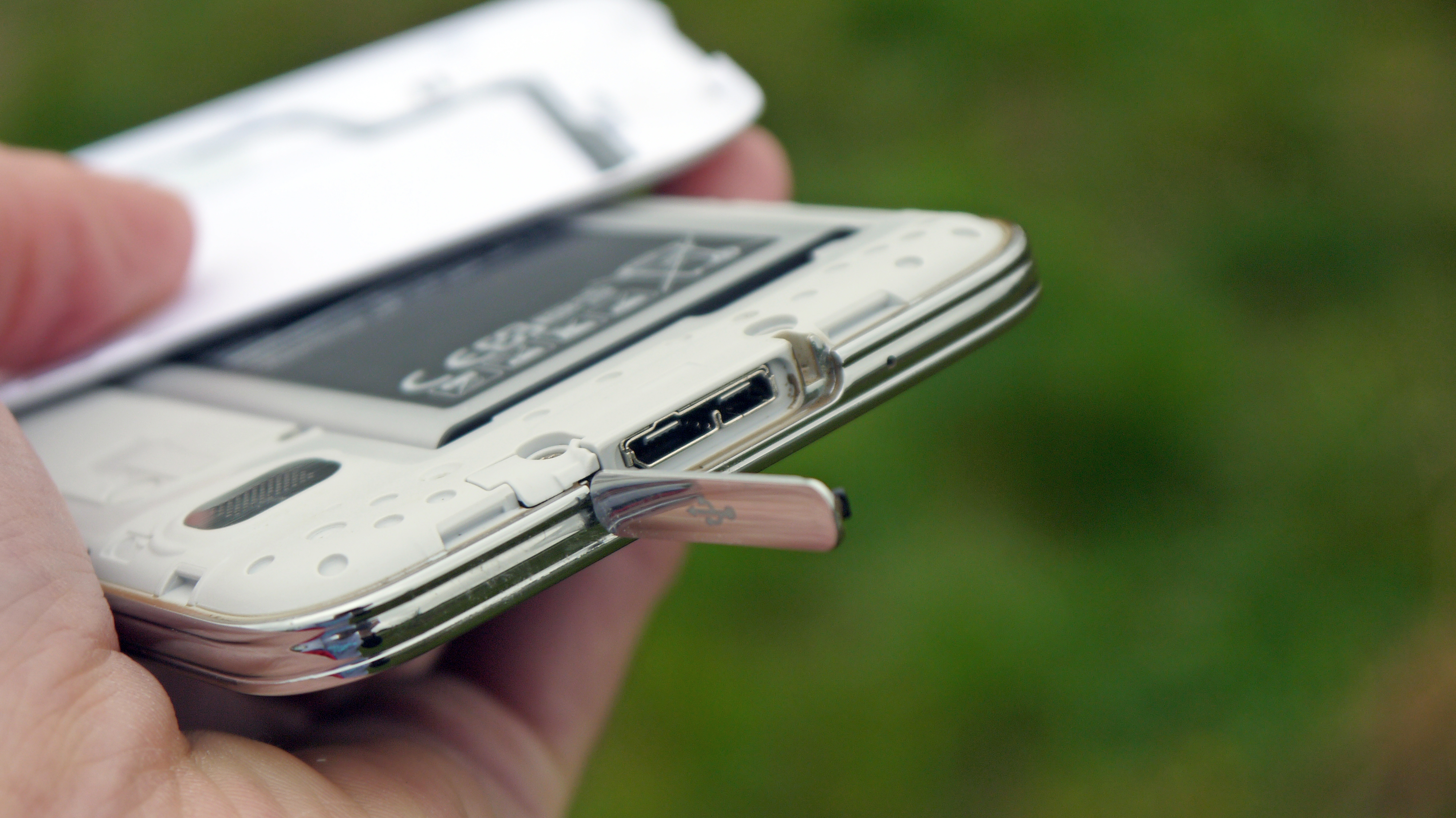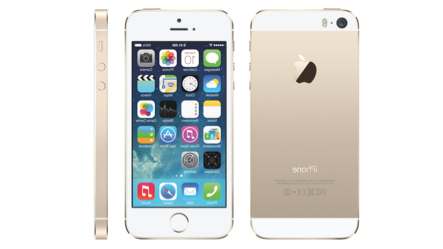LG G3 vs Sony Xperia Z2 vs Samsung Galaxy S5 vs HTC One M8 vs iPhone 5S
Operating system
Another key area that all the flagships differ on is the software. The most different of all here is the iPhone 5S as it runs iOS 7 rather than a version of Android.
Being the latest models, all the Android handsets ship unsurprisingly with Android 4.4.2 KitKat. This is where the similarities end though, as each manufacturer has made use of the open source nature of Google's OS.
This means each handset looks almost nothing like its brother despite having similar DNA. LG has dressed the G3 with its own simple and bright UI coming complete with the KnockON feature that allows you to double tap to wake the screen or even set a tap pattern to unlock the device. Also included is a 'Smart Notice' feature, offering context sensitive information and reminders.
Perhaps due to pressure from Google, Samsung has the latest TouchWiz UI with its rounder icons on the Galaxy S5 and the Xperia Z2 has the Sony UI, each complete with their own nuances that give them a different feel from stock Android.
With Sense 6.0 on board, the HTC One M8 is perhaps the most different from the standard Google OS with its Blinkfeed screen that pushes a custom list of news and social updates to the fore.
Camera
Mobile cameras are also coming under increasing scrutiny as they attempt to squeeze traditional compact camera's out of the market. Part of this can be attributed to the amount of pixels that are able to be squeezed into the sensors, but other advancements are also being pushed in.
One of these is Optical Image Stabilisation (OIS). This made an appearance in last year's LG G2 and is unsurprisingly included in the 13MP LG G3, although it's been upgraded to OIS+. Beating the Samsung, LG has put in a 2.1MP front camera for all those selfies.
Sign up for breaking news, reviews, opinion, top tech deals, and more.
Samsung has taken a slightly different tack popping in a 16MP ISOCELL camera which is capable of recording 4K video, backed up by an LED flash. At 2MP, the front sensor isn't the largest but is still able to take decent selfies.

Packing in even more pixels than the 16MP of the Samsung is the 20.7MP rear sensor of the Sony Xperia Z2. It is also capable of recording 4K video and also comes with an LED flash. In terms of front sensors, the Sony also beats the Korean firms with a 2.2MP sensor.
With all these mega pixels flying about it seems a little odd that the iPhone 5S only comes with an 8MP camera, but it also packs in a dual LED flash allowing for more natural colouring in lower light situation.
Also packing a dual LED flash is the HTC One M8, although is perhaps the most controversial of all handsets on offer thanks to its dual Ultrapixel camera.
This means that whilst only including a 4MP sensor, each pixel is slightly larger accommodating more light whilst a second camera captures other data including depth-of field.

Battery
With the screen tech being the biggest talking point of the LG G3, there is undoubtedly a lot of talk surrounding the power pack that sits behind both it and the other flagship handsets. The massive screens of the Androids mean that they unsurprisingly come with the largest power packs.
Surprisingly the LG G3 doesn't come with the biggest battery of them all, a title that is won by the 3200mAh juice box that sits behind the Sony Xperia Z2. Instead LG has popped a removable 3000mAh battery inside making it the second largest on offer here.
The Samsung Galaxy S5 comes in third place with its 2800mAh battery which can be removed and swapped out meaning that intense users can carry around a second (or more) battery packs to help get them between charges.

Locked inside the aluminium unibody of the HTC One M8 is a 2600mAh battery, making it the smallest of the Android handsets but still manages to offer a very impressive life.
Finally is the smallest battery sat inside the smallest handset, the 1560mAh that is found tucked away inside Apple's iPhone 5S.
Price
Finally comes price, perhaps the most important statistic of all as an overpriced handset won't sell well despite a plethora of features on offer.
In order to obtain the LG G3, you'll probably need to hand over around £550 of your hard earned cash, or sign up to a two year contract that we expect to cost around £30 per month.

This makes it around the same price as the £550 Galaxy S5, the £545 Xperia Z2 and the £549 iPhone 5S, although it's still slightly more expensive than the £520 HTC One M8.
If you decide that you'd prefer a two year contract, the LG G3 is expected to come in at around £30pm meaning it will sit directly alongside the Galaxy S5, One M8 and Xperia Z2 although is a little cheaper than the iPhone 5S which starts at about £33pm.
Early verdict
Building upon the critically acclaimed LG G2, the LG G3 is shaping up to be one of the stand out handsets of 2014. Launching later than the Samsung, HTC and Sony flagships may have put the LG G3 at a bit of a disadvantage, although the Korean firm will be the first major QHD handset to market.
All the talk surrounding the LG G3 launch has centred around the QHD screen, building upon the work done by the LG G2 which had arguably the best screen of 2013. Assuming LG can balance the battery life with the massive screen, we could be on to a real winner.